Phenylethylamine (PEA) in cocoa
“Arguably the most influential love compound in chocolate is PEA, phenethylamine. This chemical, found in small amounts in chocolate, stimulates the nervous system and triggers the release of pleasurable opium-like compounds known as endorphins. PEA also potentiates the activity of dopamine, a neurochemical directly linked to sexual arousal and desire. While there are many compounds found in nature that increase libido and enhance sexual function, chocolate alone actually boosts the brain chemistry of infatuation.”
- Chris Kilham, the Medicine Hunter
In this post, I take a look at the chemical in cocoa that I find most interesting: phenylethylamine, or PEA for short.
Why does PEA in cocoa stand out so much between caffeine, theobromine and other bioactive substances?
The first time I read about PEA as an active ingredient in chocolate was ina study by a Polish research team who studied the influence of roasting on the biochemical composition of cocoa. On the one hand, they found that roasting has a significant impact on the levels of dopamine, serotonin and PEA and that both temperature and humidity in the roasting shaft play a major role in how the cocoa's biochemistry changes. PEA was up to ten times more present in roasted cocoa beans than in raw ones - so under the right roasting conditions, the number of some bioactive substances is potentiated. This is in stark contrast to the raw cacao marketing hype that would have us believe that roasting cacao is a bad idea. On the other hand, the research team did not just examine and roast one type of cocoa - no, they examined several from different growing areas around the world, which were cultivated using different cultivation principles. The result was absolutely amazing.d.

The potency of cacao varies greatly between different strains and growing regions
There seems to be a significant, large variance between different types of cocoa in terms of dopamine, serotonin, and PEA levels. Such is the difference that the most potent strain tested contains over six times (6x) as much PEA as the weakest strain. Compare that with bioactive substances and stimulants that you are otherwise familiar with: imagine one type of coffee containing six times as much caffeine as another. You would get as much caffeine in each shot of espresso as you would in six of regular coffee. At this point I would like to point out again that in the cited study only a handful of commercially readily available cocoa varieties were examined. It can be assumed that some of the more than 3000 cocoa varieties in the world contain 10 or 20 times as much PEA as others..
Does PEA have anything to do with the ceremonial character of cocoa??
Since working with ceremonial cacao and supplying ceremonial cacao to many yoga teachers, healers, and various wacky birds, I have had one big question: what on earth makes cacao ceremonial or ceremonialnet”?
PEA and Ceremonial Cocoa
I now have the answer to that question. Ceremonial cocoa is characterized above all by its potency. Theoretically, you should get the same feeling when you consume correspondingly large amounts of industrially produced chocolate, which also contains small amounts of bioactive substances such as PEA.
The more sustainable, the more potent
Of course, ceremonial cocoa is grown under completely different ecological and social conditions and therefore differs massively from industrial mass-produced goods in terms of its ecological footprint and the positive influence on cocoa farmers. My personal opinion (not yet scientifically proven) is that it is precisely these growing conditions that allow cocoa to develop its full biochemical potential. We see similar effects in other agricultural products from organic cultivation or from permaculture - careful cultivation ensures more minerals and vitamins in the end product.Some would also say that through the all-round sustainable and respectful handling of cocoa, a different spirit attaches to the whole plant and thus also to the end product. I would very much like that to be the case, although I am not particularly receptive to such explanations.n.
Summarized
Ceremonial cocoa as a medicinal plant is characterized by its high potency - i.e. the presence of significantly more bioactive substances - than is the case with industrially produced mass-produced goods. In my opinion, the most influential chemical compound for the euphoric and stimulating effect of cocoa is phenylethylamine, or PEA for short.
enjoy
Jonas
I drank while writing:Sur de Lago from Venezuela🇻🇪
I drank while writing:Sur de Lago from Venezuela🇻🇪




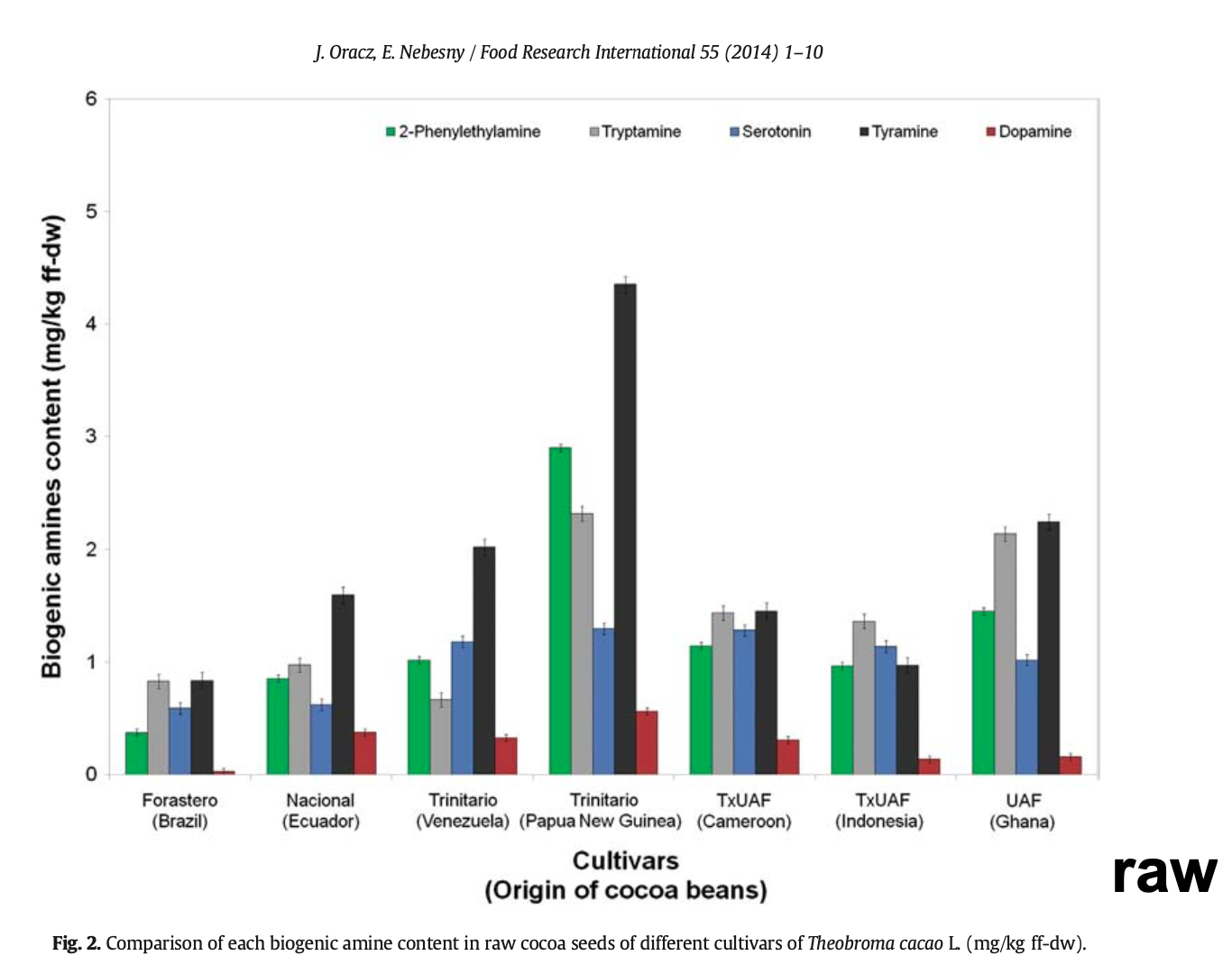

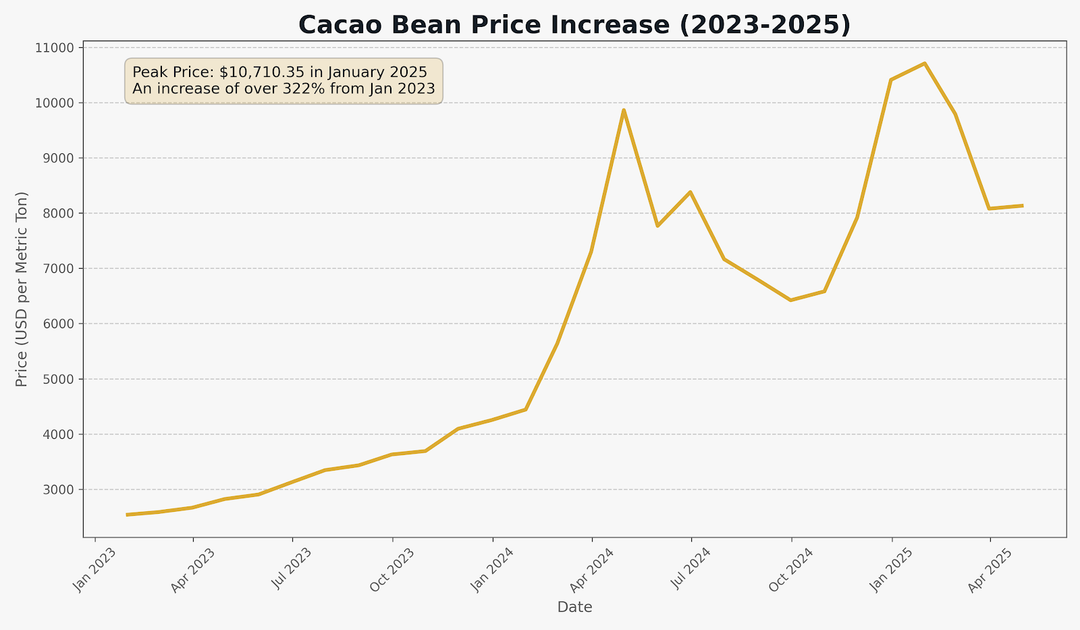
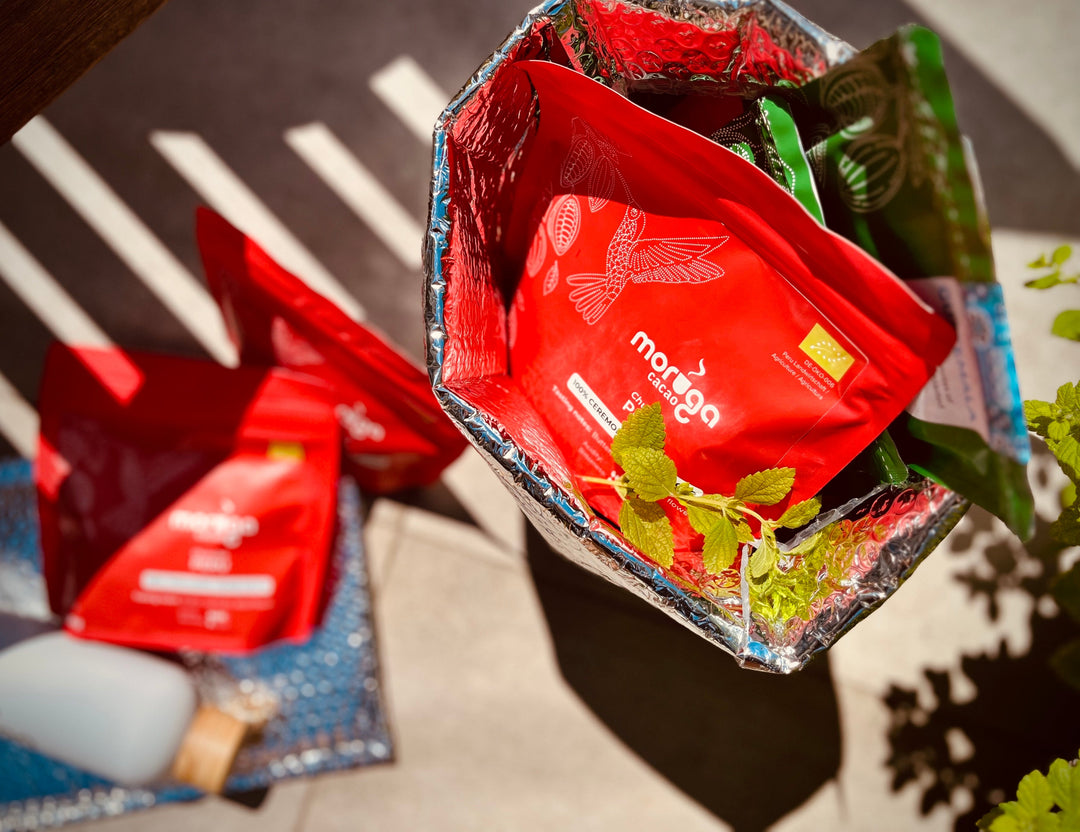
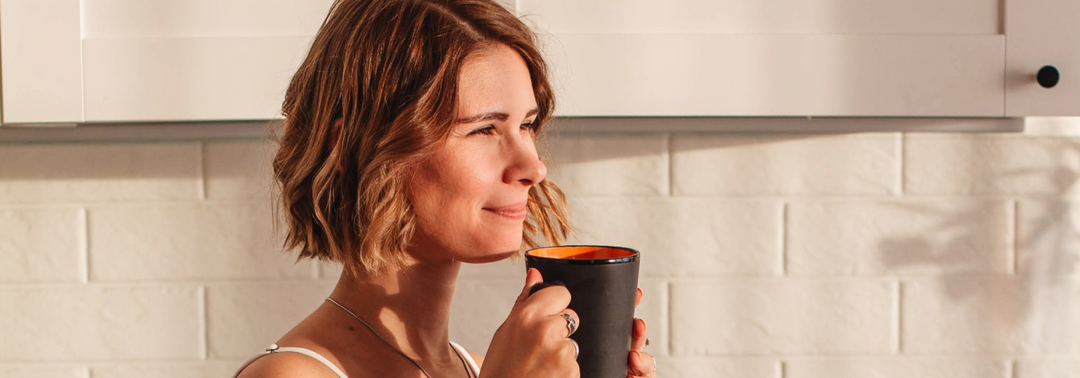
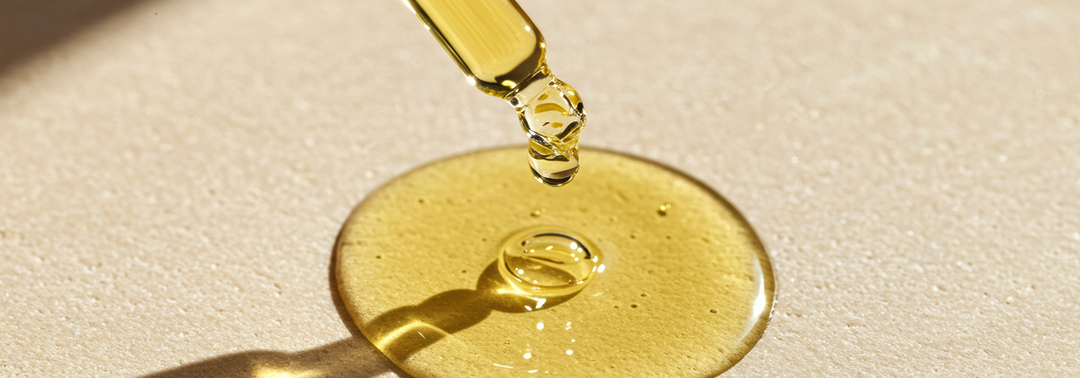
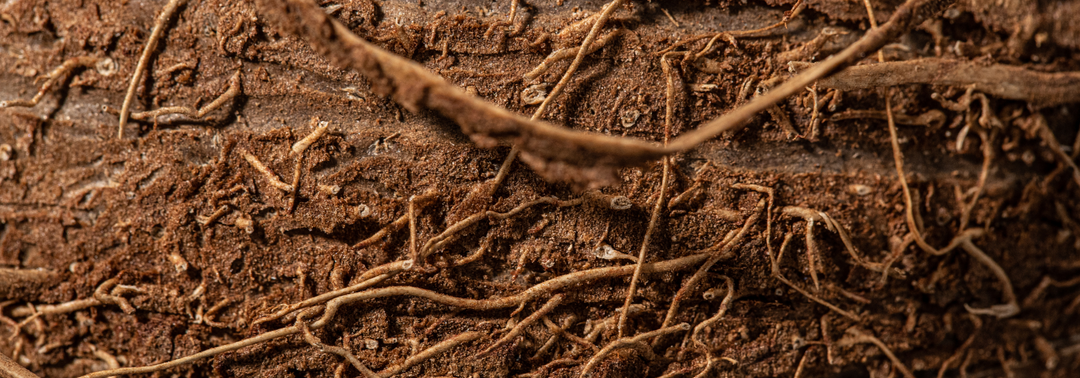
Leave a comment